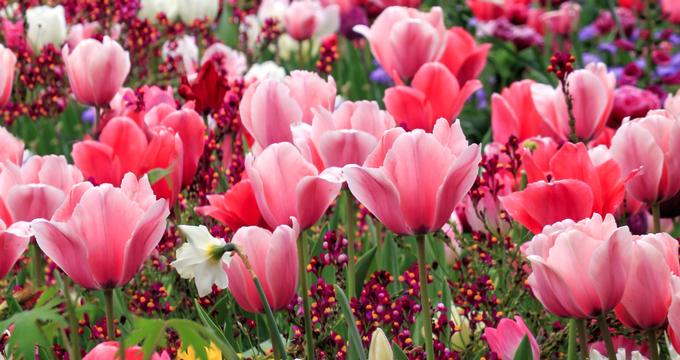Located in the Casas Adobes area of Tucson, Arizona, Tohono Chul Park is a 49-acre desert haven that connects visitors to the unique beauty, culture, and ecology of the Sonoran Desert. Named after the Tohono O’odham phrase meaning “desert corner,” the park blends botanical gardens, wildlife habitats, and cultural exhibits into an immersive desert experience for all ages.
I Find This is Great For:
Garden Lovers: Stroll through themed gardens bursting with native wildflowers, succulents, and cacti.
Birdwatchers: Spot up to 95 bird species along natural migratory routes and desert habitats.
Families: Spark kids’ curiosity with hands-on features in the Children’s Garden and educational exhibits.
Cultural Enthusiasts: Explore Native American art, geology exhibits, and seasonal indoor galleries.
What to Expect
- Location: 7366 N Paseo Del Norte, Tucson, AZ 85704
- Setting: 49 acres of natural Sonoran Desert landscape with views of the Santa Catalina Mountains
- Hours: Open daily, year-round, from 8:00 am to 5:00 pm
- Accessibility: Docent-led tours, shaded paths, and visitor-friendly facilities including bistro, shop, and greenhouse
Garden Highlights
- Night-blooming Cereus: See the largest private collection in the U.S.—celebrated annually on “Bloom Night.”
- Hummingbird Garden: Filled with nectar-rich plants like salvia and desert honeysuckle to attract migrating species.
- Penstemon Garden: Home to 275 varieties of penstemons, beloved by hummingbirds and desert gardeners alike.
- Desert Palm Oasis: A lush biome with a spring-fed stream and endangered fish from Sea of Cortez habitats.
- Sonoran Seasons Garden: Discover how desert plants adapt throughout the year in this living timeline of native flora.
Wildlife & Habitat Highlights
- Birdwatching: Observe 38 local and 57 migratory bird species year-round in peaceful natural settings.
- Reptiles & Mammals: Encounter native desert dwellers in protected, naturalistic environments.
- Riparian Habitat: A recreation of Sycamore Canyon’s perennial streams with riverside plant and animal life.
Educational & Family Features
- Children’s Garden: A playful space with tiled streams, wind chimes, and interactive nature learning areas.
- Demonstration Garden: Learn desert gardening techniques featuring native plants and water-wise design.
- Ethnobotanical Garden: Explore plants used by Southwest Indigenous peoples for food, medicine, and ceremonies.
Conservation & Design Inspiration
- Sin Agua Garden: Showcases desert plants that thrive on harvested rainwater—no irrigation required.
- Desert Living Courtyard: Ten unique xeriscape vignettes for backyard garden inspiration.
Art, Culture & Exhibits
- Indoor Exhibitions: Rotating shows explore traditional and contemporary Southwestern art and environmental topics.
- Native American Art: View basketry, sculptures, and fiber art in three permanent exhibit spaces.
- Geology Wall: A 55-foot curved wall featuring fossils and rock samples from the Santa Catalina Mountains.
Events & Venues
- Alice Y. Holsclaw Performance Garden: A shaded venue for concerts, lectures, and private events like weddings.
- Educational Programs: Attend daily guided tours, workshops, lectures, and nature-based classes at the Desert Discovery Education Center.
Dining & Amenities
- Garden Bistro: Enjoy fresh, local fare on a shaded patio overlooking desert gardens.
- Gift Shop & Greenhouse: Shop for local crafts, plants, and garden-inspired items.
Contact & Map
Tohono Chul Park
7366 N Paseo Del Norte, Tucson, AZ 85704
Phone: 520-742-6455
tohonochul.org
Plan Your Trip


